Dinner
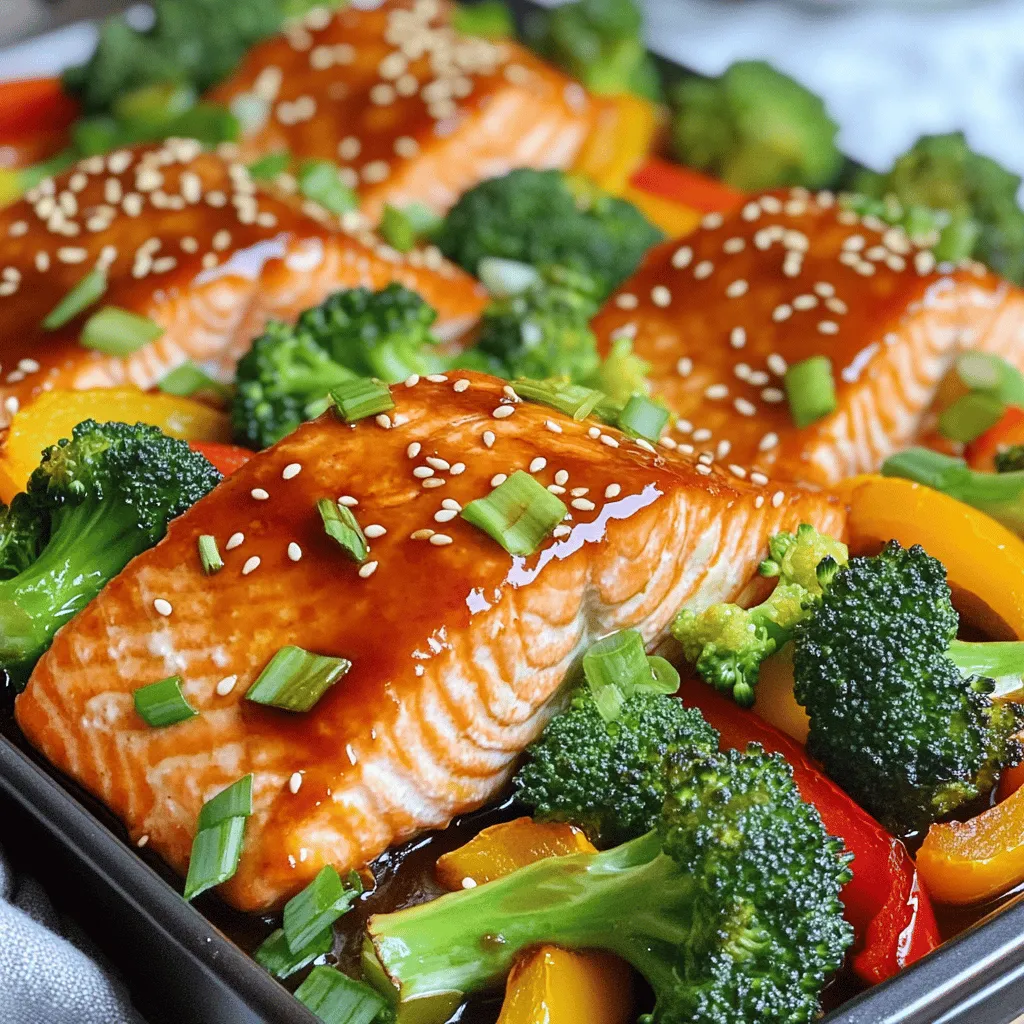
Teriyaki Salmon & Broccoli Sheet Pan Tasty Delight
Looking for a quick and tasty dinner idea? This Teriyaki Salmon & Broccoli Sheet Pan dish is perfect for you! With just a few easy
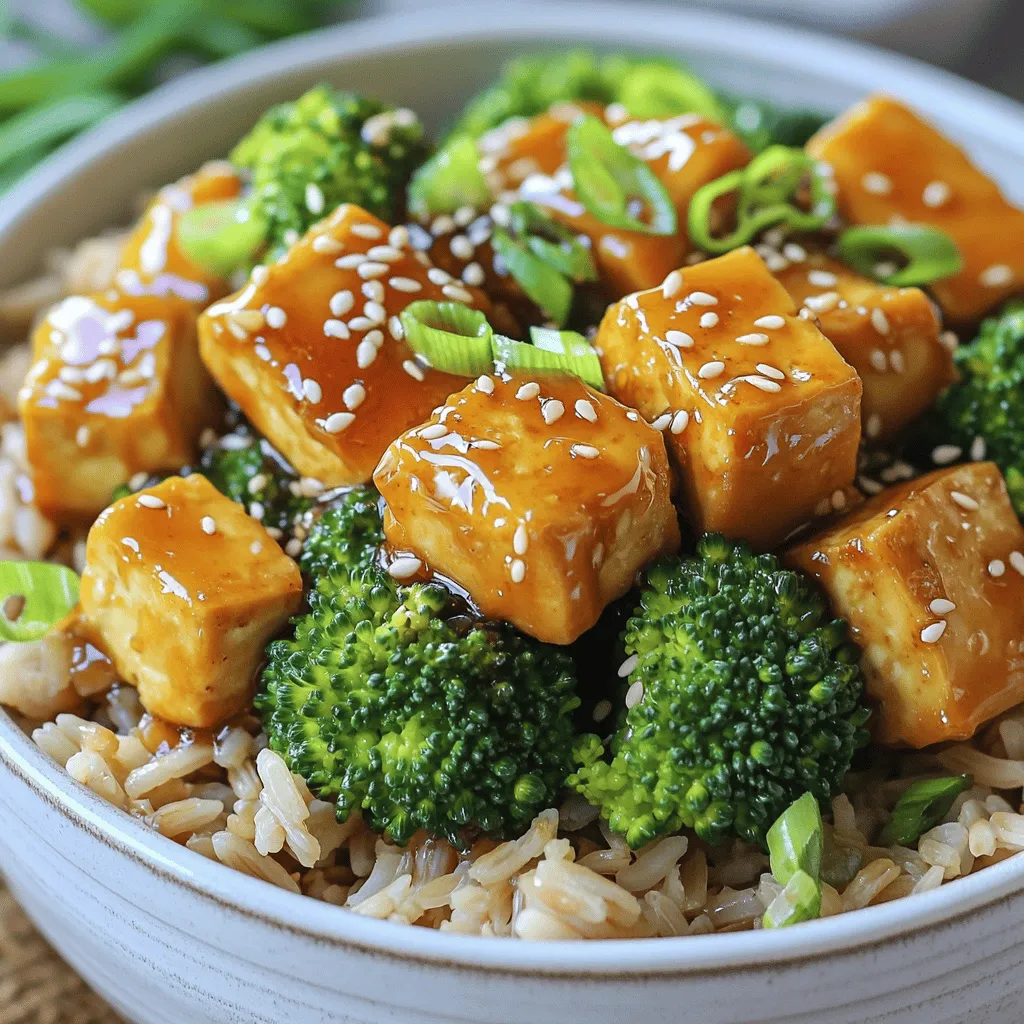
Sticky Honey Garlic Tofu Bowls Flavorful and Healthy Meal
If you crave a tasty meal that’s both healthy and satisfying, you’re in the right place! Sticky Honey Garlic Tofu Bowls are packed with flavor
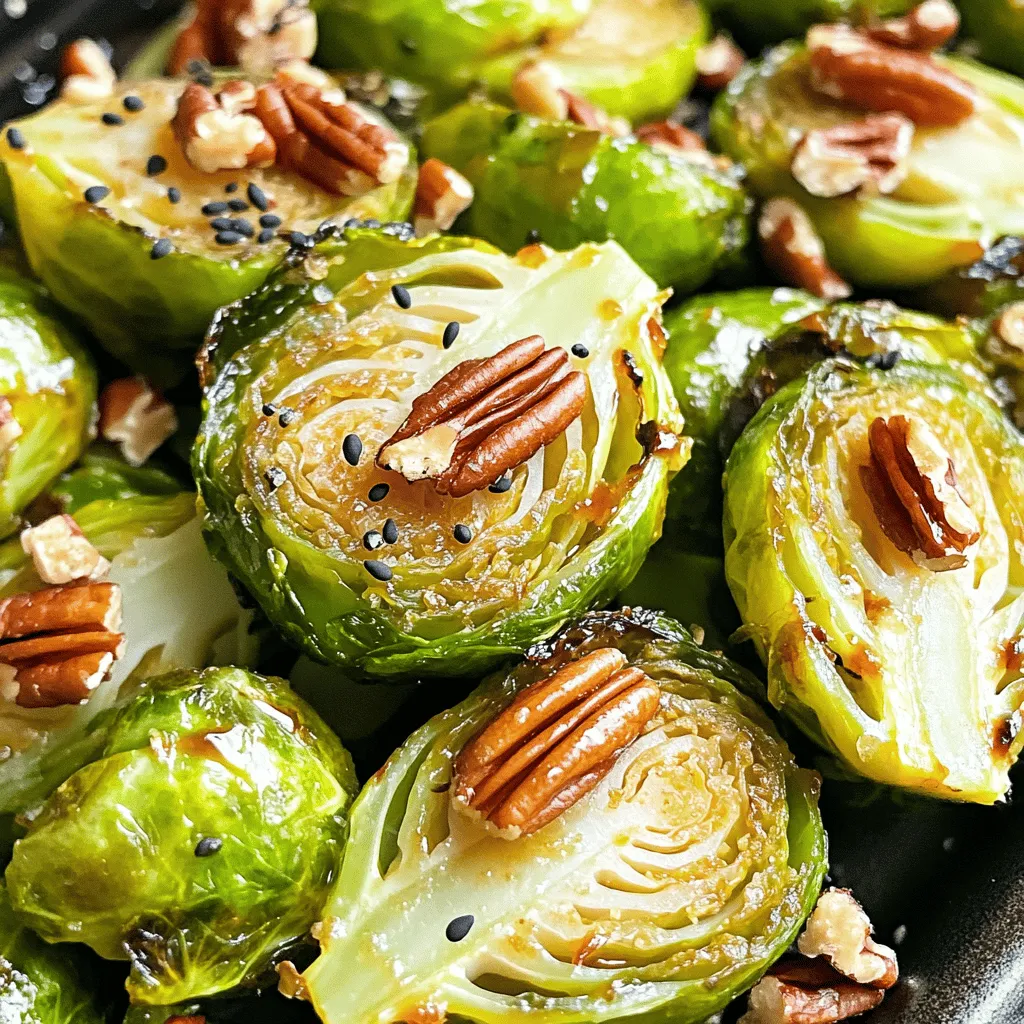
Miso Maple Brussels Sprouts with Pecans Delightful Dish
Are you ready to try a dish that’s full of flavor? Miso Maple Brussels Sprouts with Pecans is a tasty way to enjoy this healthy
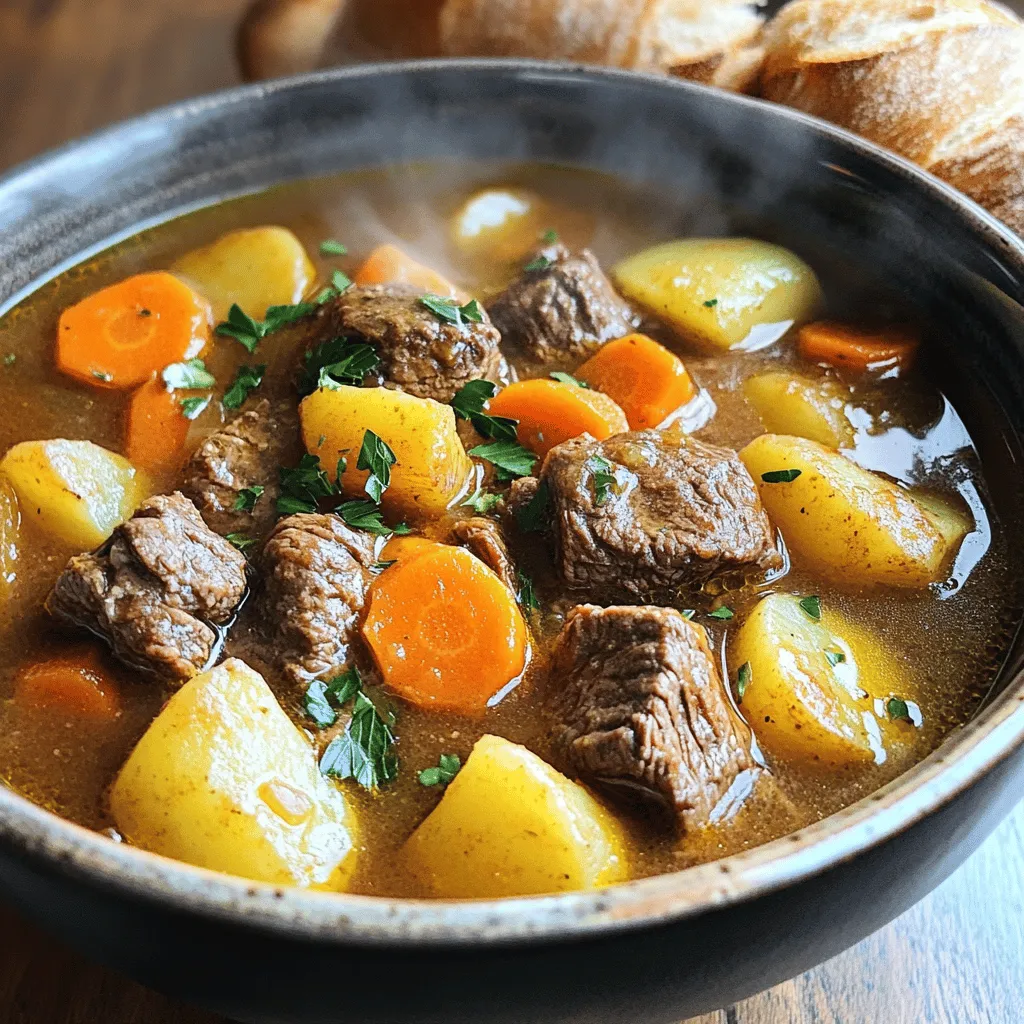
Easy Homestyle Beef Stew Comforting and Hearty Recipe
Craving something warm and filling? My Easy Homestyle Beef Stew is your answer! This comforting dish combines tender beef, fresh veggies, and savory broth to
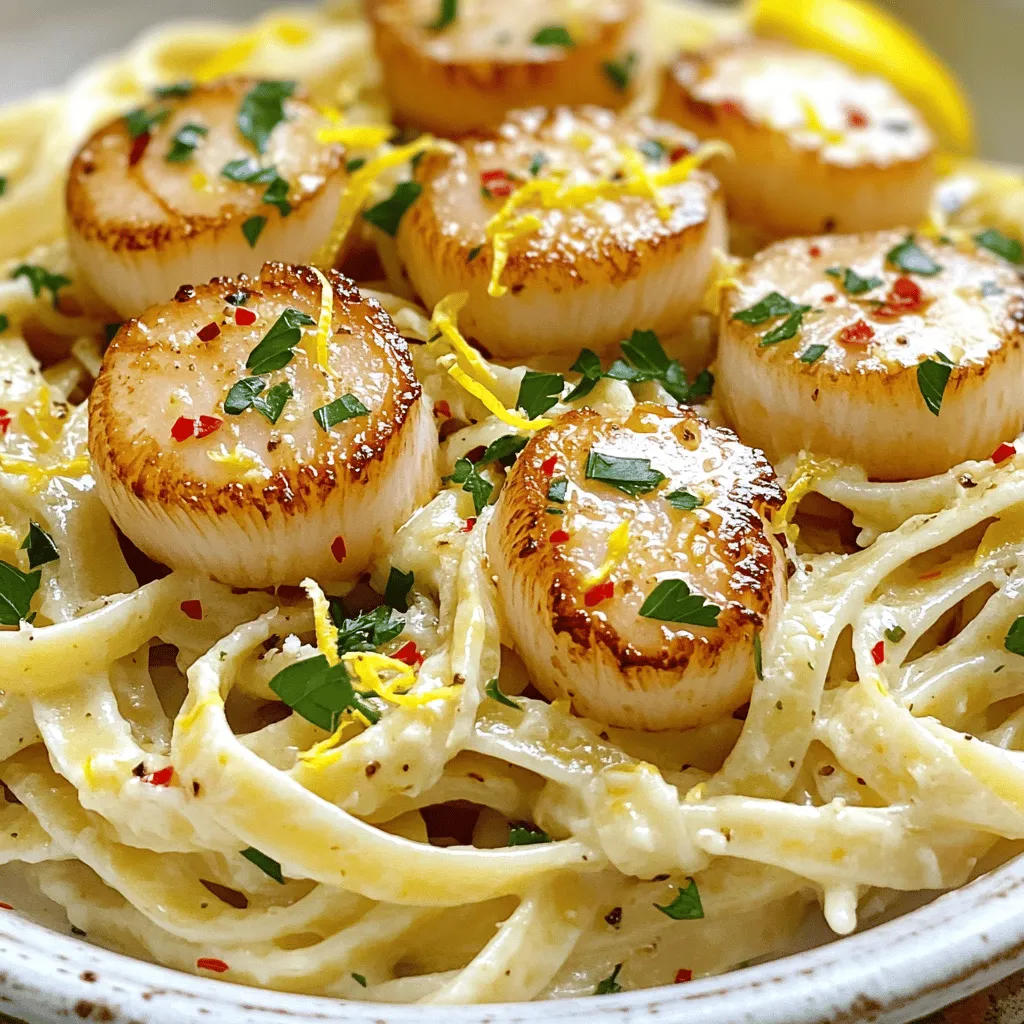
Garlic Butter Scallop Pasta Quick and Tasty Recipe
Craving a quick, delicious meal? Garlic Butter Scallop Pasta is a tasty choice! In this post, I’ll share how to make this dish easily. You’ll
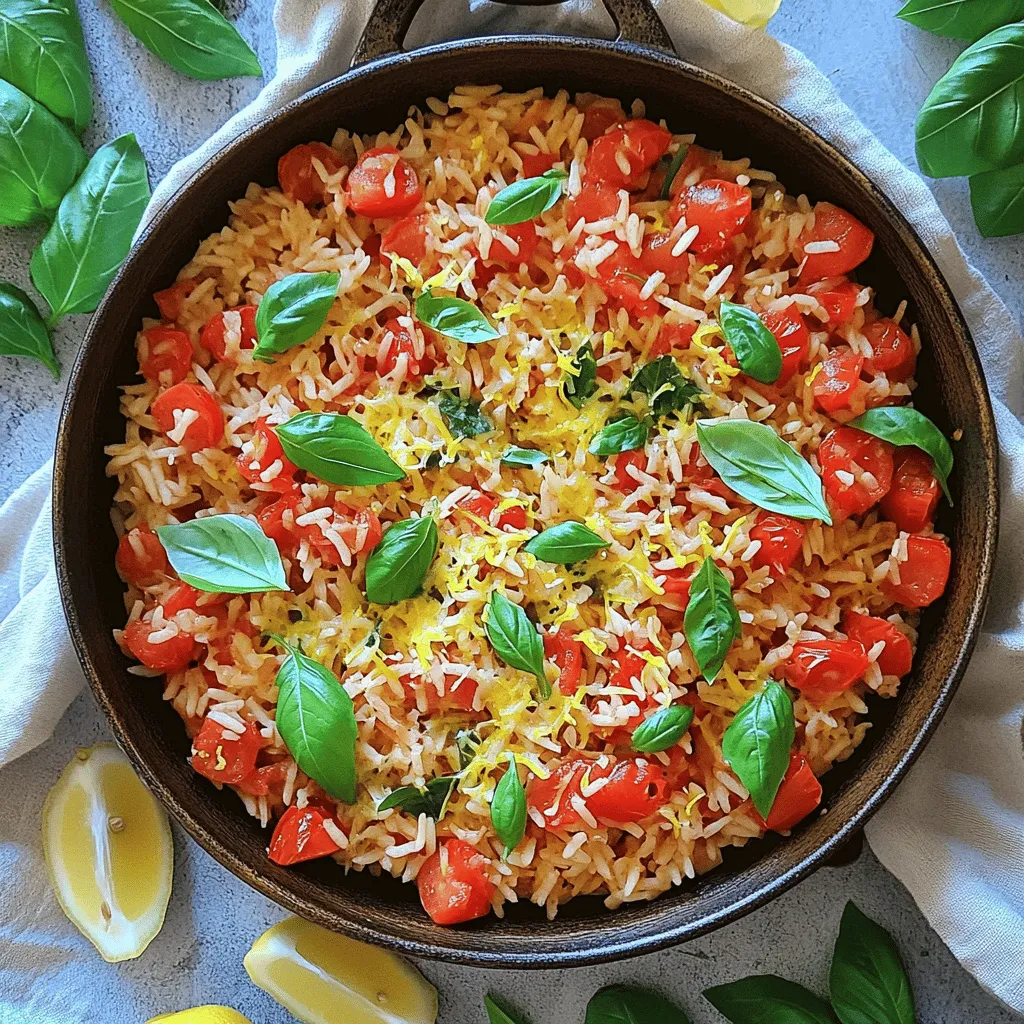
Tomato Basil Rice Skillet Flavorful and Easy Meal
Looking for an easy, delicious meal that bursts with flavor? Try my Tomato Basil Rice Skillet! This recipe is packed with vibrant ingredients and simple
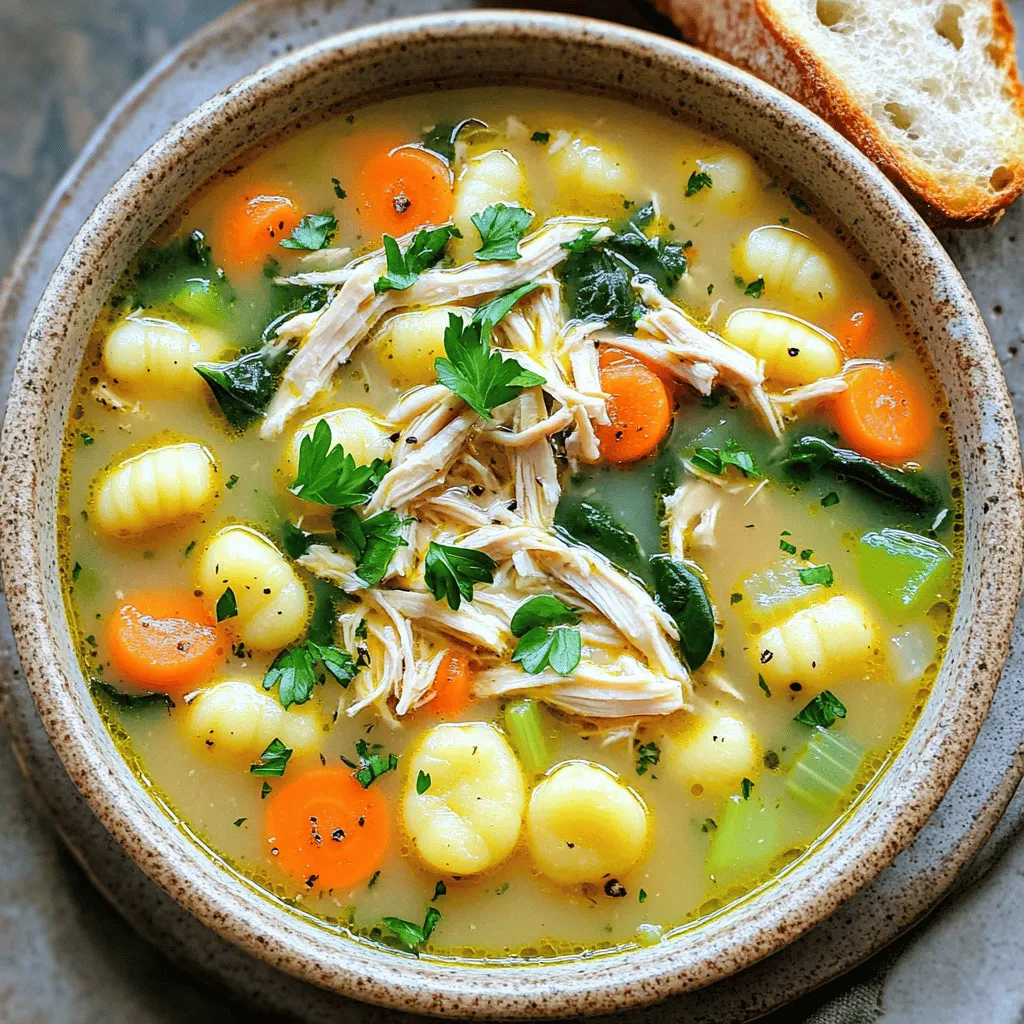
Slow Cooker Chicken Gnocchi Soup Hearty and Easy Meal
Craving a warm, hearty meal that’s also easy to make? Look no further! This Slow Cooker Chicken Gnocchi Soup combines tender chicken, fresh veggies, and
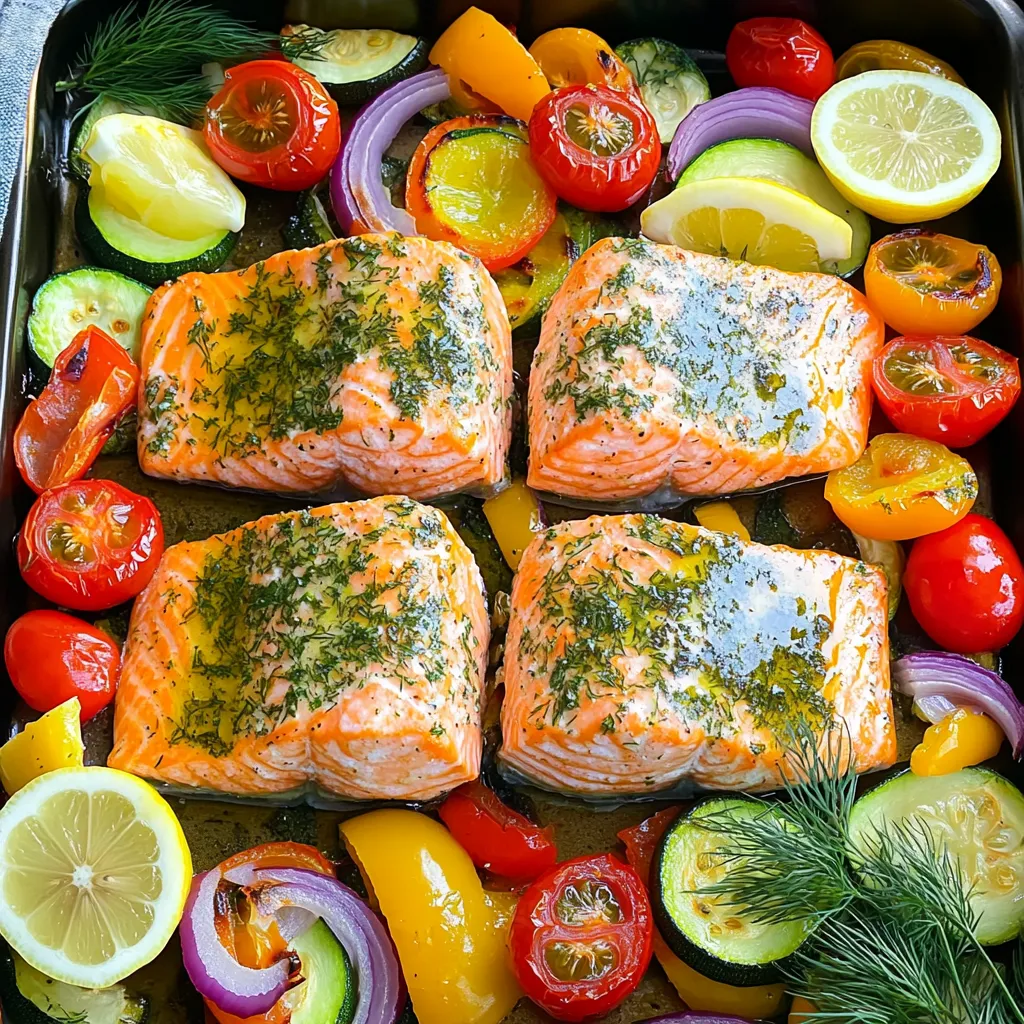
Savory Sheet Pan Herb Salmon and Veggies Recipe
Looking for a quick and tasty meal? This Savory Sheet Pan Herb Salmon and Veggies recipe is your answer! With just one pan, you’ll roast
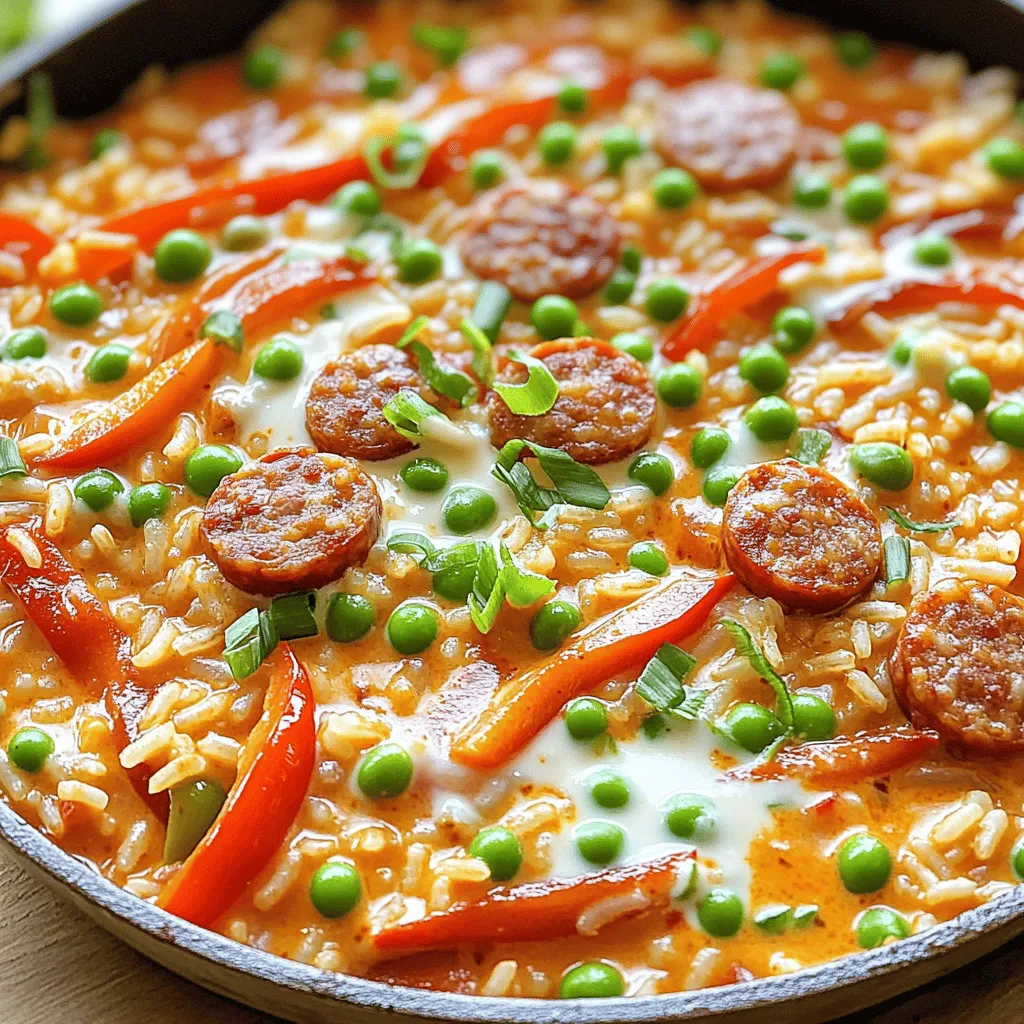
Creamy Cajun Sausage Rice Skillet Savory One-Pan Meal
If you’re craving a comforting meal that bursts with flavor, you need to try my Creamy Cajun Sausage Rice Skillet. This one-pan dish combines smoky
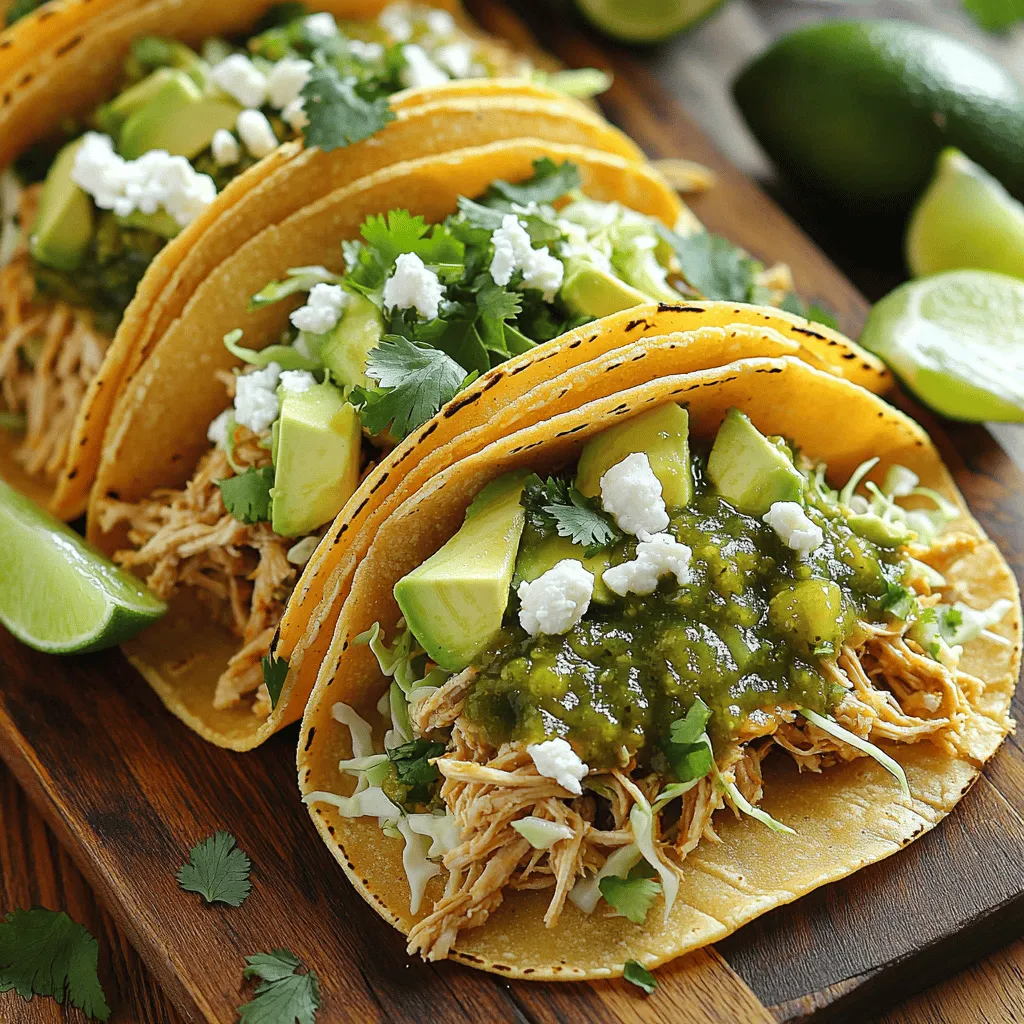
Salsa Verde Pulled Chicken Tacos Easy and Fl flavorful
Get ready for a flavor explosion! Salsa Verde Pulled Chicken Tacos are easy to make and simply delicious. Whether you choose store-bought salsa or whip